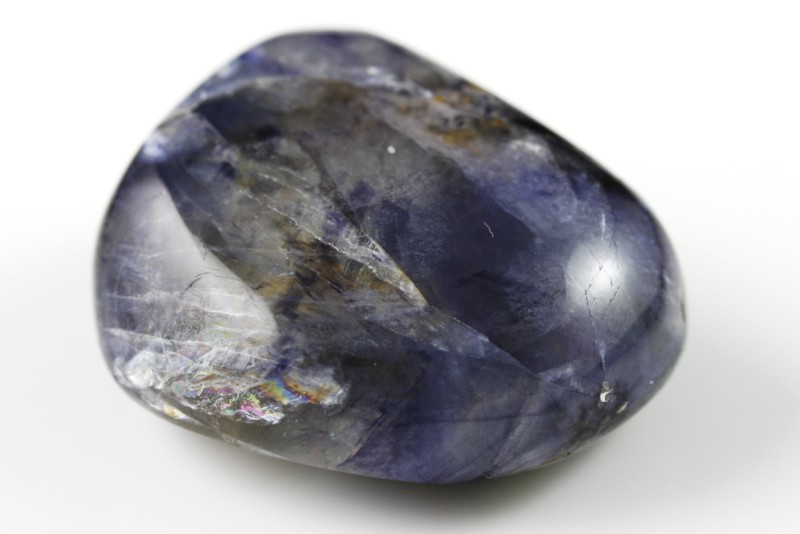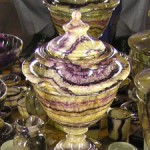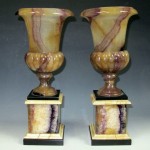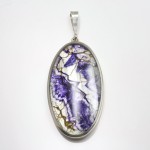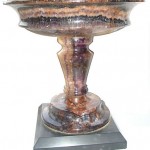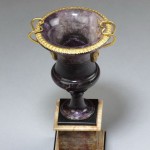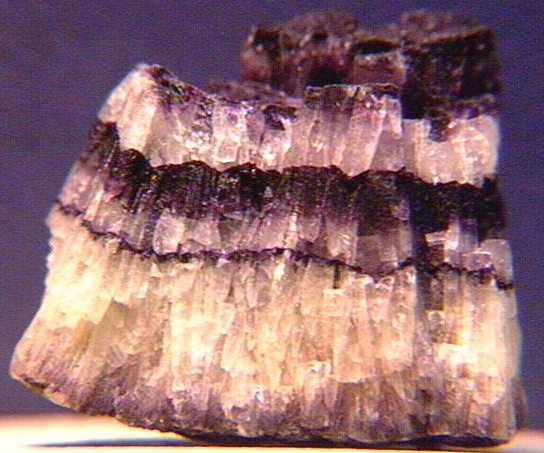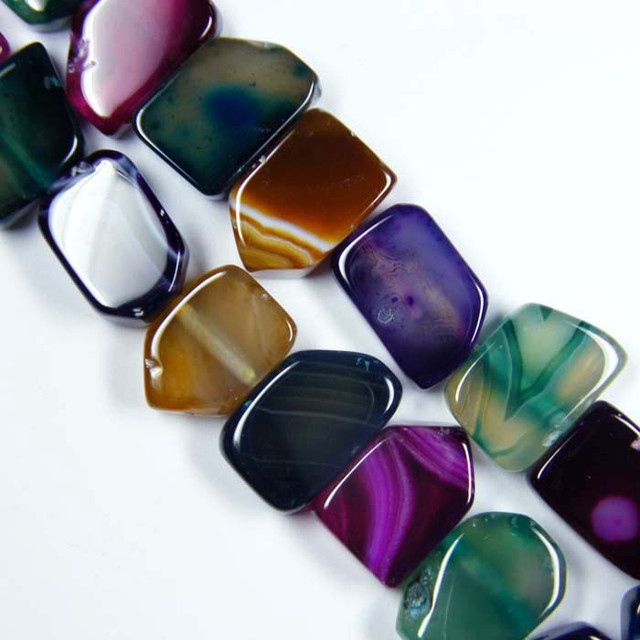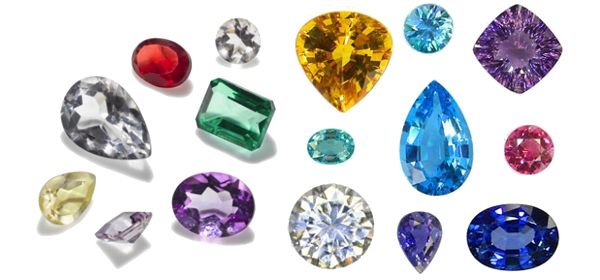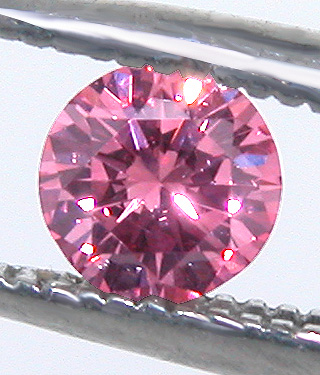Blue John Stone is the Peak District’s Unique mineral and is not found anywhere else in the world but amongst the rocks of Treak Cliff Hill, Castleton and exists in only two caverns: Treak Cliff Cavern and Blue John Cavern.
This mineral, a colour banded form of fluorspar, has been prized for many hundreds of years and was discovered almost two thousand years ago by the Romans.
It is a rare natural variety of Calcium Fluorite, highly distinctive and prized because of its characteristic bands of coloured veins.
Vases found amongst the ruins of Pompeii are thought to be made from Blue John stone. The mineral was much in demand in the 18th century for ornamental vases and columns in some of the finest houses in Britain, most notably Chatsworth, home of the Duchess of Devonshire.
The Romans settled just three miles from the area at Brough. It is likely that they were searching for deposits of lead ore and struck upon an outcrop of Blue John by chance. Being keen mineralogists, they would instantly have recognised the outstanding beauty of their find. At this time, the technology must certainly have existed to enable the complicated process of turning and polishing the stone. The principal colours are purple and white, disposed in undulating bands and usually separated by a third band, the two colours being mixed, assumed to the tint of the flame.
Splendid specimens of Blue John Stone can be found in important collections throughout the world and because one of the mines is now extinct and the other only producing small amounts, it is gaining in value. This is particularly true of the older pieces.
Recently a pair of Blue John stone urns on plinths realised an price of £11,200 at Auction.
Blue John stone antiques are highly sought after by collectors as proved by the pre-sale interest which came from prospective buyers throughout Europe.
The most substantial veins were worked out so that larger pieces are no longer made. The origin of the name ‘Blue John’ is thought to have come from the French ‘bleu et jaune’, meaning ‘blue and yellow’.
Treak Cliff Cavern is one of only two working Blue John Stone mines in the world and extracts approximately 0.25 tons per year. The stone is now used for small decorative objects and jewellery.

